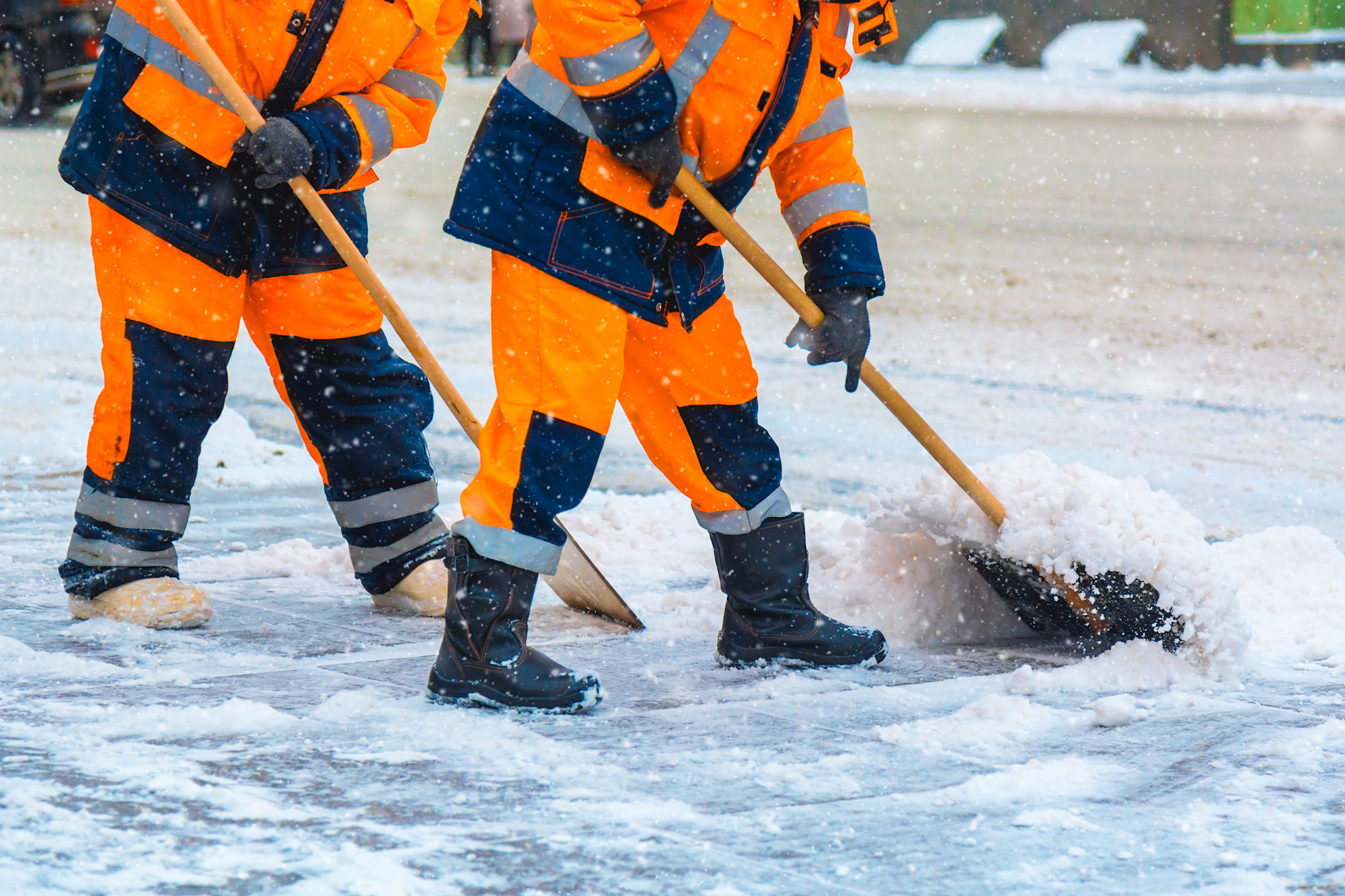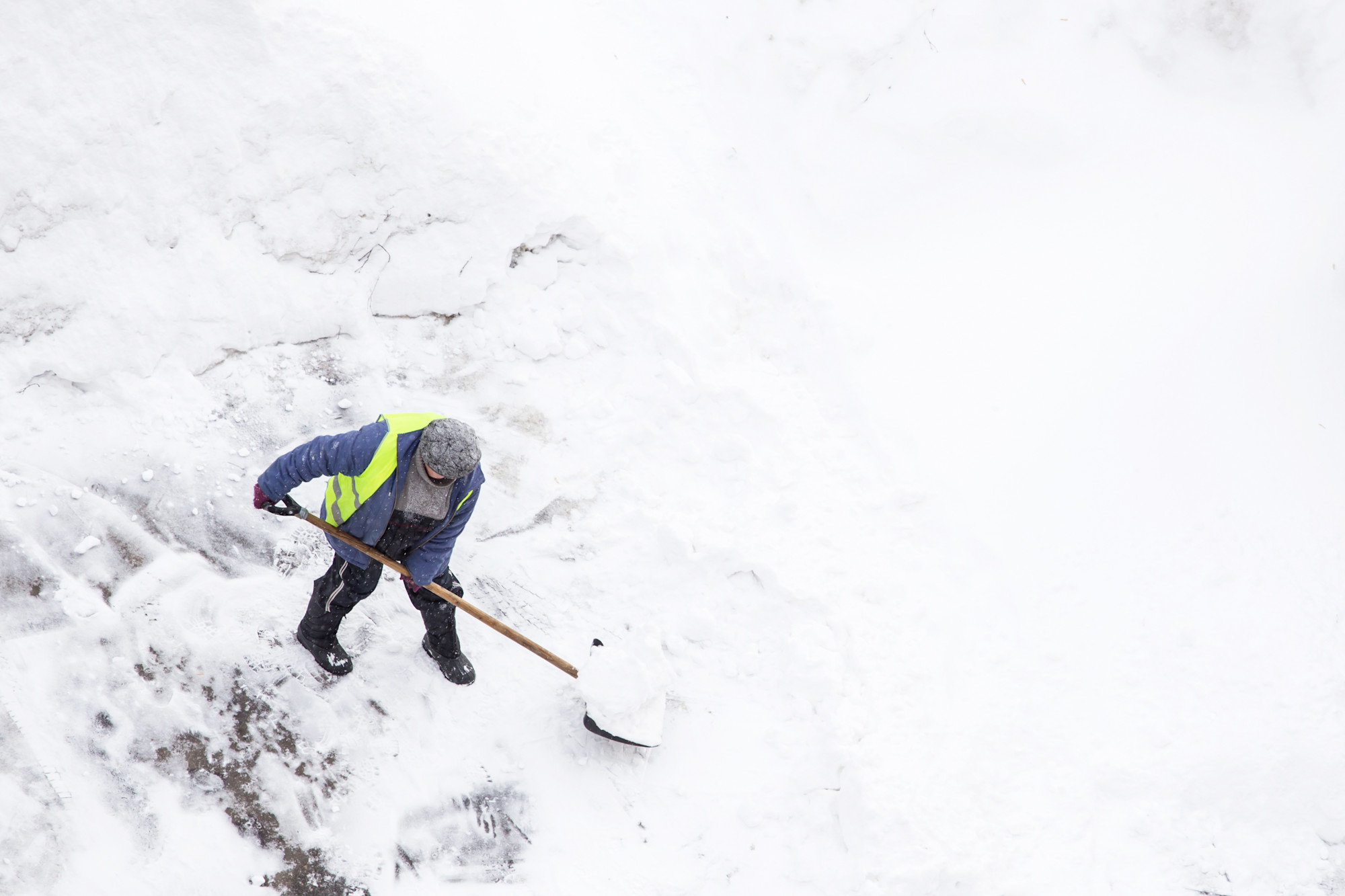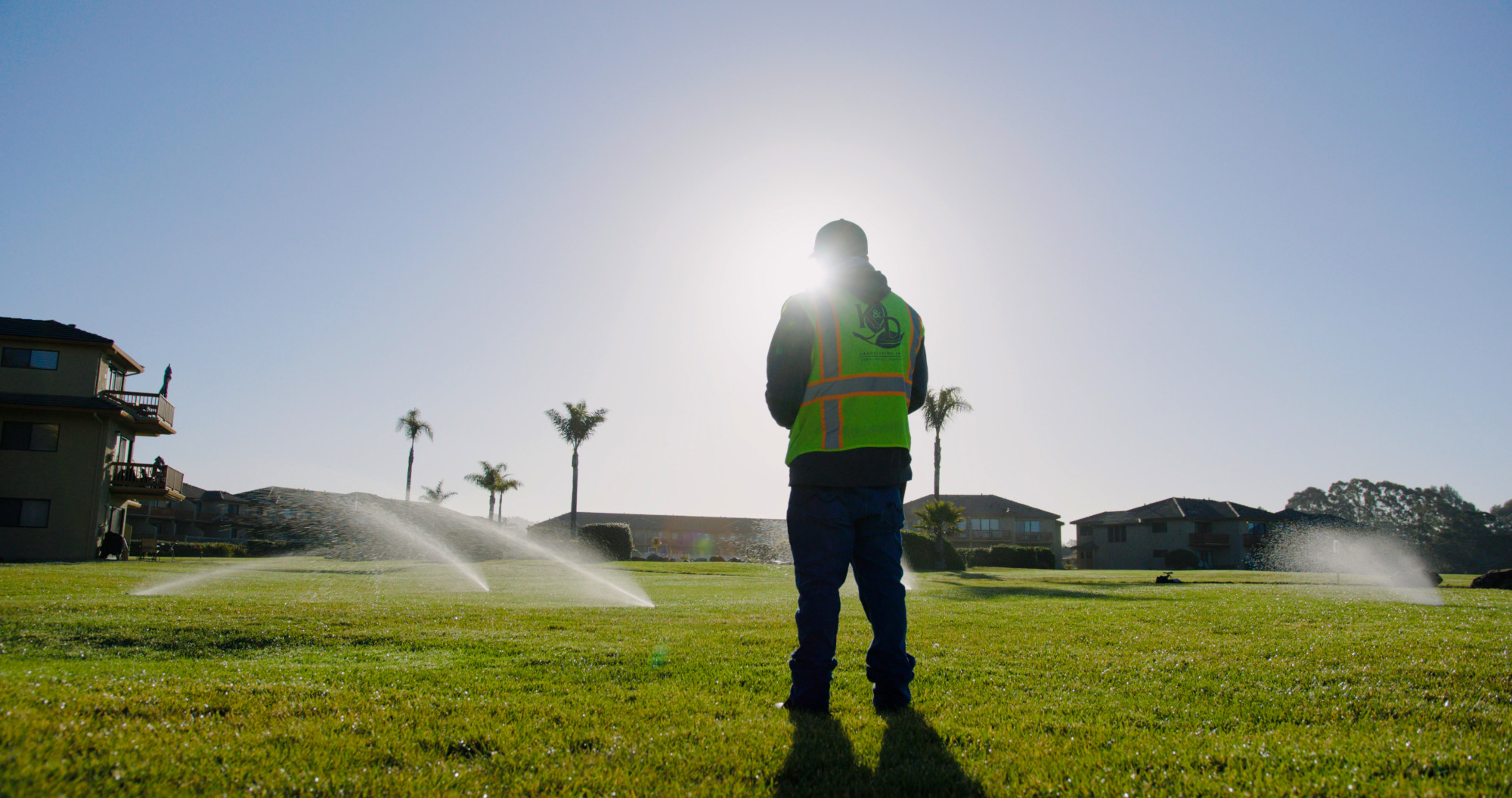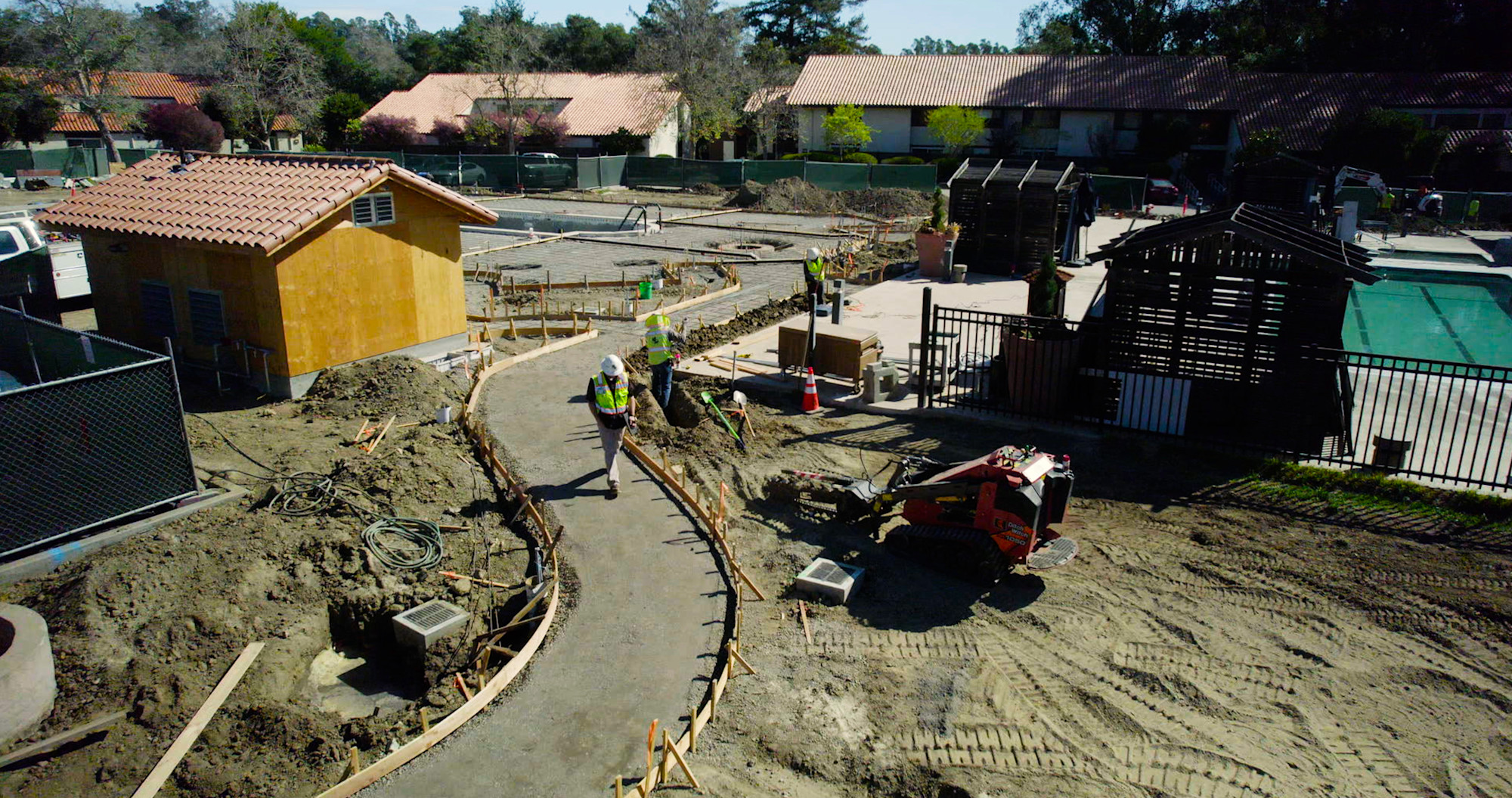Table of Contents
Table of Contents
- What is incident management in a landscaping business?
- Why is incident management important in landscaping?
- What are common incidents in landscaping businesses?
- Common physical accidents in landscaping work
- Property damage and equipment malfunctions
- Environmental risks and weather-related incidents
- How to create an incident management plan for a landscaping business
- Assessing your current processes and risks
- Setting clear policies and procedures
- Training staff
- What are the key steps in handling an incident in landscaping?
- Immediate response to the incident
- Reporting the incident
- Investigating and analyzing the incident
- Implementing corrective measures and follow-up
- How can Aspire help with incident management in your landscaping business?
- Frequently Asked Questions (FAQs)
- Who is responsible for incident management in a landscaping company?
- How should landscaping businesses document incidents?
- How can landscaping businesses prevent common incidents?
- What safety training should landscaping employees receive?
- How can technology improve incident management in landscaping?
Does your landscaping team have a process to follow when things go wrong?
Is there a reporting system for project delays? What’s the protocol for handling workplace accidents?
And what about those urgent situations when a client’s tree falls into the road and they call you nonstop?
For the most part, the team typically operates dangerous tools in extreme weather conditions where anything can happen.
Bottom line: Landscaping companies need to be prepared for any situation.
That’s why effective incident management is crucial. It helps you navigate complex situations, respond quickly, and stay organized under pressure. Plus, it protects your team and clients.
This article explains how to create an incident management plan for your landscaping business. Discover best practices and digital tools like Aspire that make handling emergencies a breeze.
What is incident management in a landscaping business?
In a landscaping business, incident management is about planning when things go sideways. Picture an emergency protocol that your team follows to resolve unexpected circumstances quickly and ensure they don’t happen again.
Incident management is more than reacting to problems; it’s creating a clear, structured process to:
Identify what went wrong.
Report it for proper documentation.
Investigate the cause.
Take immediate action.
Put long-term fixtures in place.
Simply put, it’s being proactive, so there’s a clear line of action to take when equipment fails, a crew member cuts themselves with a hedge trimmer, or an unexpected weather condition occurs.
This way, your landscaping business maintains operational continuity, remains safe, limits disruptions, and sustains productivity.
Why is incident management important in landscaping?
Because without a solid plan to handle emergencies, these situations can turn chaotic fast.
Imagine your landscaping crew struck an underground utility on a job, and no one knows what to do. Now you’re not just dealing with a cut cable or busted pipe, you also face:
Potential legal consequences and fines.
Safety risks to your onsite team and the public.
Costly project delays.
Bad reputation if things get out of hand.
That’s where effective incident management comes in. It provides your team with a way forward—a clear, step-by-step process for handling unexpected situations calmly and confidently.
In a nutshell, incident management is important because it helps:
Keep projects on track: With an effective incident plan, you can quickly identify and resolve issues, reducing delays that throw you off schedule.
Improve customer satisfaction: Timely responses to issues show professionalism and reliability, qualities clients remember when it’s time to hire again.
Reduce cost: Being proactive when incidents happen can minimize the associated costs. You can handle the situation before things spiral out of control, reducing lost revenue.
Create a safety-first culture: When your crew is trained to mitigate and avoid risks, you reduce risks, prevent accidents, and keep everyone working confidently. This way, your landscaping crew knows how to handle different scenarios before they become big issues.
What are common incidents in landscaping businesses?
Here are some of the most common incidents:
Common physical accidents in landscaping work
From working with heavy machinery and under adverse weather conditions, your landscaping crew faces physical risks, such as:
Slips, trips, and falls: Job sites are hazardous because they often have slippery or uneven terrain with debris, tree roots, or branches. Working in these conditions can lead to serious injuries, such as sprains, broken bones, or fractures.
Machine-related injuries: Sometimes, cuts happen when workers are sawing, digging, trimming, or mowing. They slip and fall or mistakenly turn the machine in the wrong direction, which causes serious injury to the affected person.
Hearing damage: Prolonged exposure to loud equipment like chainsaws or blowers can lead to permanent ear ringing or hearing loss. According to OSHA, exposure to noise levels of about 85 decibels averaged over 8 hours poses hearing risks, and 95 decibels can cause hearing damage within an hour or less.
Lifting and straining: Carrying heavy loads, lifting from an awkward position, or hauling unstable loads can lead to lifting or overexertion injuries. Workers may experience pulled ligaments, slipped discs, or sore necks.
Property damage and equipment malfunctions
Not all incidents involve people—some involve tools or your clients’ property:
Equipment breakdown: Common issues include mower or blower breakdowns, warped blades, cracked frames, or engine troubles. These problems can halt work, costing your landscape company time and money.
Accidental property damage: Cracked pavements, vehicle collisions, damaged fences or sprinkler systems, and even a minor misstep can result in expensive client repairs. This affects the project and could strain your relationship with the client, especially when there’s no clear path to fixing the damage.
Environmental risks and weather-related incidents
Landscaping crews work in various outdoor conditions, so you must be prepared for unpredictable environmental hazards.
Severe weather conditions: Excess rain or a hurricane can turn a finished landscape project into a mess, leading to slippery work conditions, washed-away soil, or damaged turf.
Sudden storms like strong winds or extreme heat can delay project completion, putting your team at risk of dehydration, heatstroke, or hypothermia.
Pest or wildlife encounters: Working in areas with overgrown vegetation, trees, or water can lead to unexpected run-ins with snakes, rodents, bees, or wasps, causing injuries or allergic reactions to stings.
Chemical exposure: Applying pesticides or fertilizers can expose your landscaping crew to harmful chemicals, especially if the wind’s direction suddenly shifts.
How to create an incident management plan for a landscaping business
Start by listing possible incidents that could disrupt your business operations and build a plan around them.
Here’s how to create an incident management plan for your team.
Assessing your current processes and risks
Compare your current incident response (if you have one) against a list of common incidents. Look for gaps and identify risks you’ve not covered.
Use the examples shared earlier—physical accidents, property damage, and weather-related incidents—as a checklist to evaluate whether your current plan covers what it should.
To help you identify blind spots, Deb Hileman, president and CEO of the Institute for Crisis Management, shares a broader list of incidents that landscaping companies should be aware of:
Death or incapacitation of a senior executive
Environmental crisis or natural disaster
Workplace accidents, injuries, or fatalities
Government investigation or other litigation
Employees’ illegal or unethical actions
Cybersecurity breaches
Allegations of discrimination or harassment
Smoldering issue or anticipated crisis
Sudden labor disruption
Activist activity, protest, or social media attack
Workplace violence
Pandemic
In addition, make sure to:
Review incident history. Review past incidents in your landscaping business and identify what went wrong and how the situation was handled. Tracking patterns will help you highlight recurring risks or areas where your response was ineffective or slow.
Evaluate crew awareness and readiness. How well do they understand or follow the current plan? Are they even aware that a plan exists?
Check your insurance coverage and date.
Analyze how your team currently reports incidents. Is there a quick and reliable option to alert team leads or the front office?
The goal of this evaluation is simple: to uncover where your plan is solid or needs reinforcement, so your team isn’t caught off guard when unexpected incidents happen.
Setting clear policies and procedures
After you’ve identified the gaps in your current incident response, create scenario-specific protocols your team can confidently follow.
For each potential incident, outline:
What the situation is (e.g., workplace injury, severe weather condition, or equipment failure).
Who is responsible for what, from reporting the incident to managing the response.
How to communicate with the team, stakeholders, and clients.
Step-by-step actions the team should take to content, report, and resolve the issue.
Simply put, document clear procedures for reporting, assessing, and resolving emergencies.
Here’s what an incident plan for a leg fracture, where a crew member slipped on wet ground while trimming a hedge, would look like:
1. Immediate Response
Stop all nearby work to prevent further injury.
Do not attempt to move the injured person unless they’re in immediate danger (e.g., near active machinery or in a hazardous position).
Call 911 immediately.
Delegate a team member to stay with the injured employee for comfort and basic first aid based on the emergency service’s guidance.
2. Communication
The team lead onsite notifies the front desk as soon as possible via a dedicated emergency channel, phone call, or email.
Client (if present or affected) is informed that an incident has occurred and that the team is handling it according to safety protocol.
If emergency services arrive, the onsite supervisor provides relevant details (injury, conditions, crew involved, etc.).
3. Incident Reporting
Complete an incident report form with:
Time, date, and location of the accident.
Names of the injured employee and witnesses.
Description of what happened and any contributing conditions (e.g., wet terrain).
Take photos of the site if it is safe and appropriate to do so.
Forward the report to management and the insurance provider.
4. Post-Incident Review
Review what led to the incident. Were the workers wearing slip-resistant footwear? Was the terrain assessed beforehand?
Conduct crew briefings to better understand what happened and address this type of risk.
Ensure the injured employee gets proper support during recovery and understands return-to-work protocols.
5. Prevention Tips
Include a checklist item in daily briefings for assessing terrain conditions.
Reinforce proper use of PPE (slip-resistant boots, weather-appropriate gear).
Keep first-aid supplies and emergency contact information easily accessible in all vehicles.
By setting policies like these, your landscaping team has something to fall back on when things go wrong.
Training staff
Creating a plan is just one side of incident management. The next step is ongoing training to equip the team to respond to incidents.
This is crucial because the way people typically act in a crisis is based on the level of their training. If they’re well-prepped, challenges can be contained. If they’re not, things could go worse.
The best way to train your crew?
Roleplay different scenarios, from physical accidents to weather emergencies. Let the crew walk through each step of your protocol so they’re not just familiar with it but have practiced it repeatedly.
This way, everyone involved is ready to swing into action.
What are the key steps in handling an incident in landscaping?
When issues occur on a landscaping project, what you do in those first few moments can make all the difference. Here’s how to respond quickly and effectively.
Immediate response to the incident
Ensure safety first. Stop all activities on the job site immediately and get the crew away from harm’s way. Don’t resume until the area is secured and safe for work.
Next, call the emergency service if there’s an injured person and try to provide first aid to keep them stable.
For incidents involving clients, notify them of the issue and what you’re doing to resolve it to keep them calm.
Reporting the incident
Once the situation is under control, document what has happened. Notify stakeholders—supervisors, clients, or office staff—and share updates as the situation unfolds.
Depending on your company’s procedure, you may need to fill out a report. A solid report should capture:
Who was involved: Name of the injured employee, affected client, or damaged equipment.
When and where: Date, location, and time of the incident.
What happened: A brief description of the incident.
Visual proof: Photos and videos of the event.
Documenting every detail is useful for insurance claims. It also helps you improve safety protocols for future incidents and provide updated reports to stakeholders.
Investigating and analyzing the incident
Following the event, your next step is a formal investigation of what happened. This phase involves:
Gathering all relevant documents. Review the incident report, witness statement, visual evidence, or training records.
Clarifying the story. Speak with the crew to clear up ambiguities, clarify timelines, and provide context.
Reconstruct the event. Walk through what happened to pinpoint why and how things went wrong.
The idea isn’t to assign blame but to uncover the root cause and evaluate whether current protocols need to be improved. �
Implementing corrective measures and follow-up
Based on the findings from your investigation, outline the changes or fixes your company needs to implement.
The corrective measures could include:
Staff retraining to reinforce safety protocols or improve specific skills.
Replacing faulty equipment to prevent similar accidents.
Updating safety protocols to reflect lessons learned from the incident.
Be sure to hold a team debrief post-incident to review what happened and explain the new measures to keep everyone on the same page.
Finally, document all corrective actions. This will not only create a record for future reference but also help you track the effectiveness of your response over time.
How can Aspire help with incident management in your landscaping business?
Aspire is a digital tool that empowers landscaping companies to manage entire operations—from scheduling to inventory management, reporting, customer relationship management, estimating, job costing, and more.

It also provides features that simplify incident management for your landscaping business.
Real-time incident reporting: Aspire enables your landscaping team to report incidents as they happen from their mobile devices. It’s like a dedicated communication channel where the crew can update supervisors, ensuring swift responses.
This way, delays that might happen in traditional reporting methods are eliminated.
Incident screen with attachment capabilities: Landscaping crews have access to a dedicated incident screen on Aspire for adding or editing incidents

This feature allows the team to select the incident type, direct supervisor, incident date, specify the insurance submission date, add attachments, record the employee’s explanation of the event, and the supervisor’s comments.
Automated workflows and documentation: Aspire not only lets you record incidents but also makes it easier to monitor what happened, who was involved, and when and where it happened. This ensures you have records ready to go when needed.
Plus, considering Aspire’s employee incident has required fields, the onsite crew is less likely to make mistakes, ensuring proper documentation.
Comprehensive reporting: Aspire gives you on-demand access to all employee incident reports, past and present. With real-time insights into emergencies, you can respond quickly, track patterns, and take proactive steps to improve safety across your landscaping business.
See how it works in real time by scheduling a free, customized demo with Aspire today!
Frequently Asked Questions (FAQs)
Who is responsible for incident management in a landscaping company?
Responsibility typically depends on the size of the landscaping business.
In small operations, the owner takes charge of creating and implementing the incident management plan, while crew members share responsibility by reporting incidents.
In medium to large landscaping companies, a designated safety manager or crew supervisor oversees incident management..
Regardless of the company size, team members play a crucial role in maintaining safety by reporting incidents, following protocols, or cooperating during investigations.
How should landscaping businesses document incidents?
By using Aspire’s employee incident screen to capture key details, such as incident type, employee name, direct supervisor, media attachment for visual proof, and explanations.
This ensures your business has a centralized log and streamlined reporting for future incidents.
How can landscaping businesses prevent common incidents?
Train your landscaping team on proper equipment handling, hazard recognition, lifting techniques, and first aid basics.
Schedule routine maintenance with Aspire’s equipment software to inspect and repair your landscaping tools, reducing the risk of breakdown or injuries.
Ensure crew members are armed with PPE, such as earplugs, anti-slip boots, and eye protection.
Reschedule or adjust workflows during extreme weather conditions to prevent accidents.
Assess the job site for hazardous materials before starting any projects.
Create an incident management plan for people to follow when things go wild.
What safety training should landscaping employees receive?
Train your landscaping employees on:
How to use different equipment effectively.
Tool inspections and proper handling techniques.
Proper use of personal protective equipment (PPE).
Site awareness and how to identify underground utilities.
First aid emergency response.
Reporting incidents promptly.
How can technology improve incident management in landscaping?
Technology simplifies incident management by providing better documentation and faster response.
For instance, Aspire enables your team to report incidents quickly and keep stakeholders updated.
Instead of getting drowned in paperwork, such as finding files, it provides a centralized hub where the crew can log data for easy access and compliance.







